
By Mark Warburton, Ivory Egg.
Having spent the last few weeks on the road visiting various customers and specifiers, attending board meetings and delivering training, I have had a great opportunity to reconnect with some of the things that make the KNX system truly unique. An often-overlooked aspect is the way KNX sets a platform for interworking: not for the products – as you may be thinking – but for the companies and people involved in trying to make the platform successful. Being able to work closely with competitors, and even adversaries, allows us all to learn from each other, see problems from different perspectives and ultimately increase the uptake of KNX.
Of course, this is more often seen at a product level, particularly when a manufacturer pushes beyond how a product is expected to work. Movement and presence detection is a great example of this, with manufacturers using their differing backgrounds in developing sensor technology to revolutionise how movement can be detected in a building. This drives other manufacturers to develop their own solutions, so the whole industry starts to benefit from the development within single companies.
To this end, let’s take a look at some of the different detection types available, along with their common applications and product examples.
Passive Infrared (PIR)
A PIR sensor incorporates one or more infrared detectors with a sensor-specific Fresnel lens placed in front of the detector(s). When a heat source is within the detection range of the sensor, as the heat source moves, the Fresnel lens causes the heat source to be detected intermittently across different sectors. The PIR sensor will signal movement when a source of heat moves across a certain number of detection sectors within a certain period of time. PIR sensors are called passive because they are ‘watching’ only.
The PIR is by far the most common type of detector, and there are countless different models with different sensitivities. Some are capable of detecting movements as small as a hand moving, but there is generally a compromise on both range and the size of the actual detector to achieve this. Regardless, they all work better when movement is crossing between the beams and not moving directly toward the sensors. Because heat is the trigger, false triggering can be caused by small animals or changes in the air flow in a room.
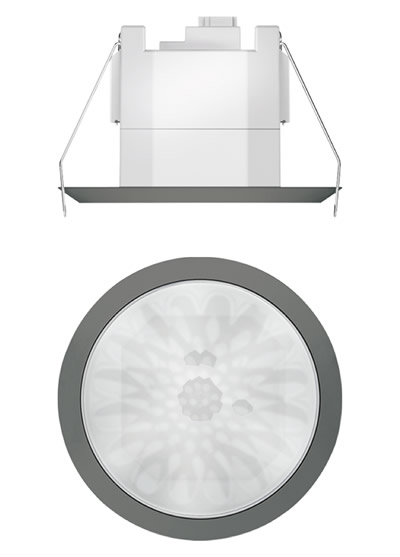
PIR detectors have been available for many years. They offer a lot of features for a very reasonable price and are suitable for general movement such as in hallways and outdoor detections, whilst more sensitive models can be used in office and workspaces.
There are even detectors such as the PD11-KNX-FLAT-DX from BEG Luxomat, that use PIR as the primary trigger but have a small microphone to detect sound which is used to prevent incorrect switching off of the lights, offering a high level of functionality whilst maintaining a good cost point.
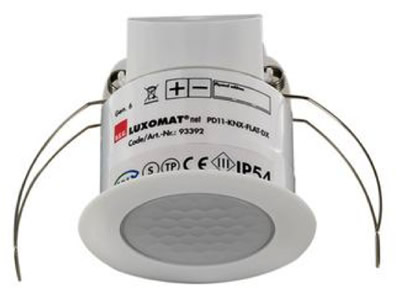
Ultrasonic
Using sound waves to detect movement is not new, it is how sonar works after all. However, using it in a small-scale movement detector is a relatively new development. Sound waves are emitted by the sensor which then listens for the echo via a receiving antenna. As sound waves can fill the entire volume of a room, the detectors are able to see around corners or into partitioned sections, unlike infrared which requires line of sight. The high frequency sound waves won’t travel through walls though, which makes it perfect for spaces such as toilets where there are a lot of doors, or offices with complex layouts. This type of detector can be configured to be extremely sensitive, removing the need to have long timeouts to ensure that lack of movement is not in fact just someone being still. So, no more arms waving around in the air!
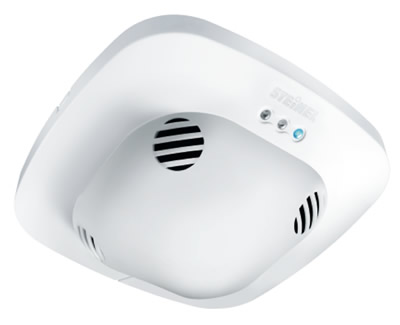
Microwave/high-frequency
Working in similar way to ultrasonic detectors, microwave or high-frequency sensors emit high frequency electromagnetic waves. When these hit a moving object, an offset echo is caused which is detected by an antenna. This makes the sensors extremely accurate, however because the high-frequency waves can permeate most building materials, careful installation and commissioning are required to prevent false triggering as movement in other rooms can trigger the detector. Because this type of product can have a large detection area, it is ideal for large spaces such as open-plan offices, and because the detection is based on any movement, not just heat, it is also great for car parks where the vehicles may still be cold and so wouldn’t trigger a standard PIR.
Units that have multiple receiving antennas to revise the signal are capable of sensing movement far more accurately, and it is possible to establish the depth and size of an object so they can be tuned to match the movement of human-size objects.
An example of a product that takes this to another level is the Steinel True Presence, which is a microwave detector that is tuned to detect the movement of a human chest breathing. This enables it to be incredibly accurate but also offer unique features such as establishing the distance to the moving object and if it is moving towards or away from the sensor, allowing the building control system to make intelligent decisions on what the occupant is doing in the room.
To add to this functionality, Steinel has included multiple environment sensors to detect VOC (Volatile Organic Compound), CO2, humidity and air pressure, along with the normal temperature and lux sensors. The benefits and use cases of this product are far reaching so a perfect example of how KNX drives forward innovation with a single product able to have a huge impact on the capabilities of the entire system.
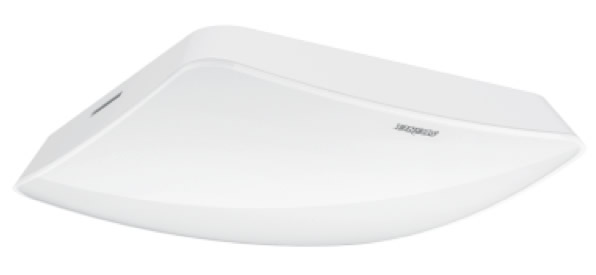
Camera
Cutting-edge detector technology can now use a camera to see profiles of human body shapes and negative images of other shapes. This allows the detector to determine not only if people are in a room but also how many there are. It can even be set to count the number of people in different parts of a room or space. It could be used to provide demand-based ventilation, increasing the speed of the fans as the number of occupants in a room increases, to alert staff when queuing systems are full, such as in a supermarket, or for integrating into a wider management system, for example linking to a booking system to ensure the right size meeting rooms are being selected across a university campus. For the security-conscious, none of the images are recorded; it is only ever monitoring the live image for objects and it can be setup to only work over the KNX bus so even the number of people in the room can be encrypted via the use of KNX IP Secure.
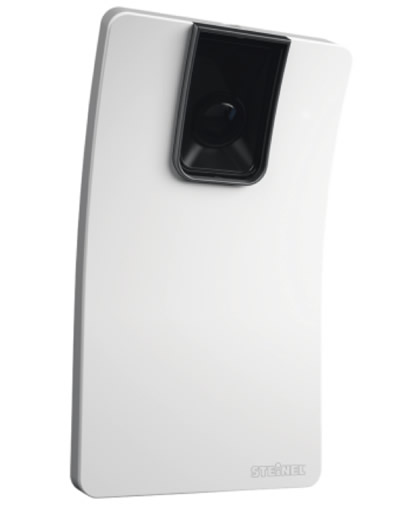
Conclusion
These are some great examples of how being part of KNX pushes a manufacturer to invest and innovate in product solutions, and with ISE and Light + Building trade shows happening over the next two months, it is going to be interesting to see new product developments and the potential benefits they may have on the entire KNX ecosystem.
The acceptance we all have of the interworking nature of KNX helps us all to drive the industry forward, and the ability to all work together is one of the best strengths we have. When paired with market-leading product solutions, the future looks very bright indeed.
Mark Warburton is the Technical Director of Ivory Egg (UK) Ltd, a supplier of leading KNX products and provider of KNX training courses.












